Ah, hiking. One part glorious frolicking in nature, one part wondering why on earth you got out of bed for this ridiculous endurance test.
But whether you’re a seasoned rambler or a once-a-year wanderer, there’s an unspoken code of conduct when you hit the hills; a set of rules that no one governing body has defined exactly, but that everyone should be following whenever they're out and about in the outdoors.
For the avoidance of doubt, however, I've decided to create a list of the main things you should, and shouldn't, do while you're out for a walk just about anywhere. Consider this the official LFTO guide to living for the outdoors, in a safe, responsible and respectful manner.
DO: Check your route and safety protocols
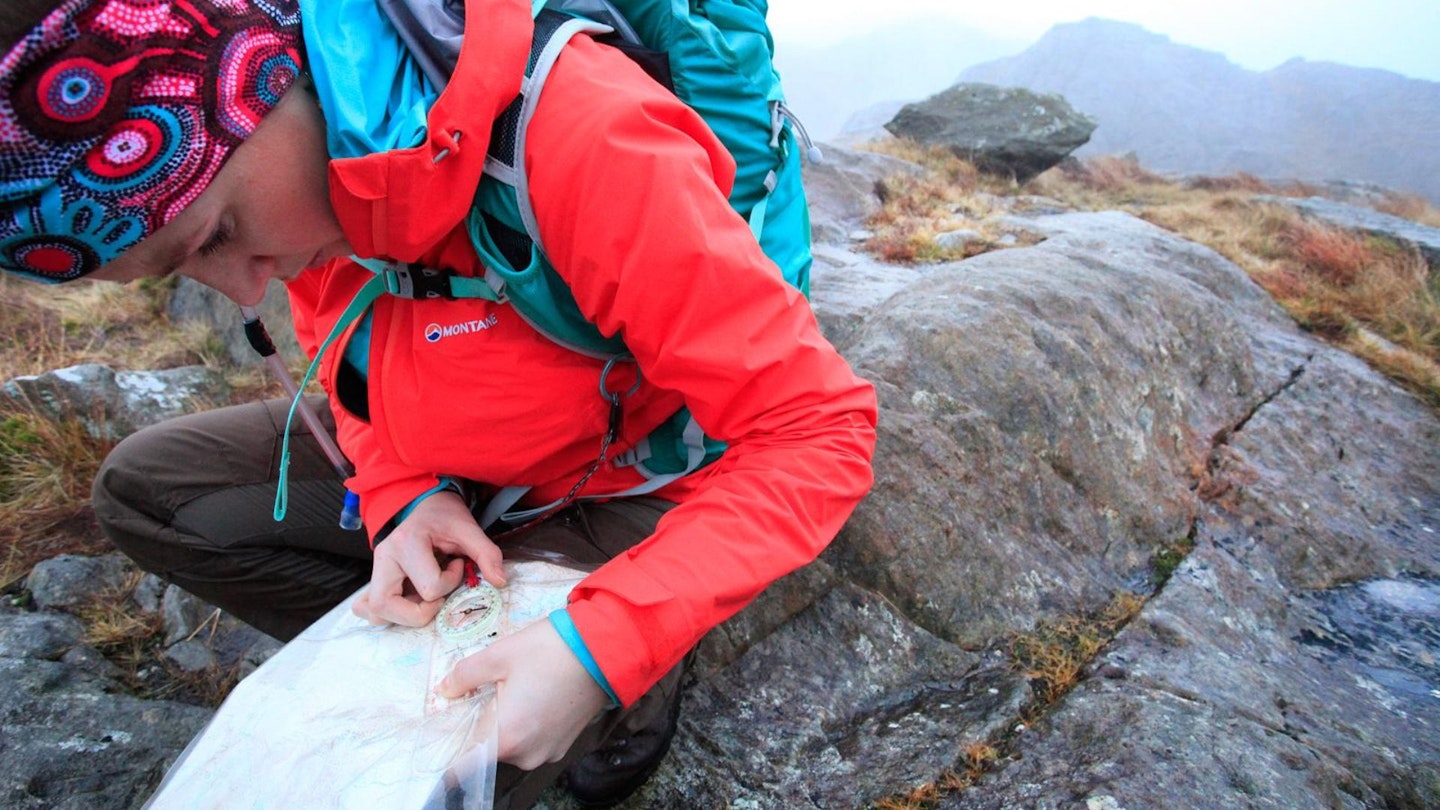
Trail etiquette starts before you even set foot on the path. Research where you’re going, check if dogs are allowed and make sure you’re prepared with the right gear.
Nothing disrupts a serene amble more than someone having to call mountain rescue due to their lack of foresight.
Examples of lack of foresight include forgetting to pack a waterproof jacket and getting too cold, not checking the weather and noticing a giant storm due at around lunchtime or not knowing that you need to use crampons above the snow-line and falling arse-over tit into a gulley.
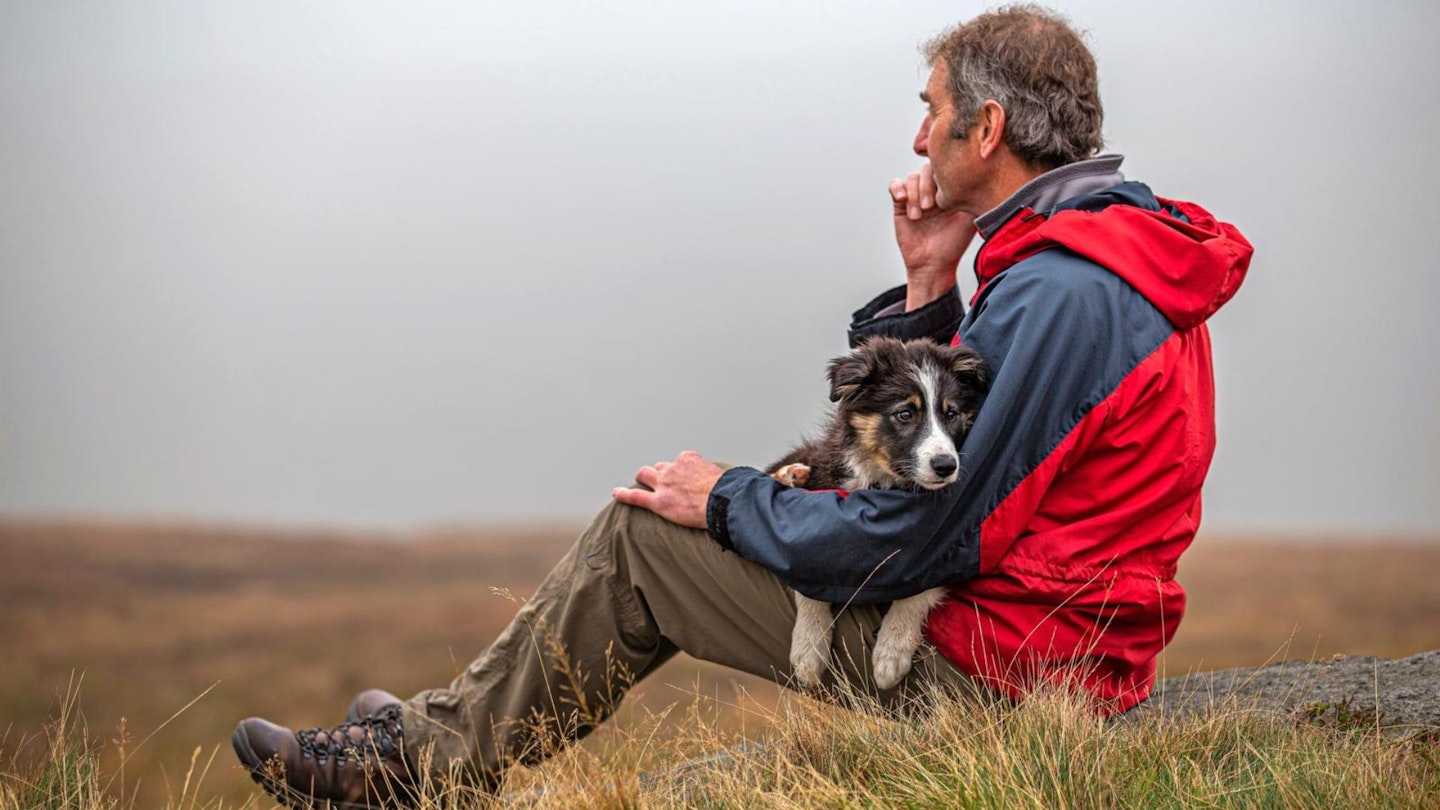
So, things to research before you go include the terrain type, the weather and the fitness/experience levels of everyone going on the trip with you.
It's also essential to make sure your map-reading skills are up to scratch and that you have a manual means of navigation in addition to OS maps or a similar software on your phone.
Proper hill-prep also involves knowing what to pack, including emergency food supplies, a spare layer and a whistle in case you get into difficulties.
DO: Step aside for any uphill displays of athleticism
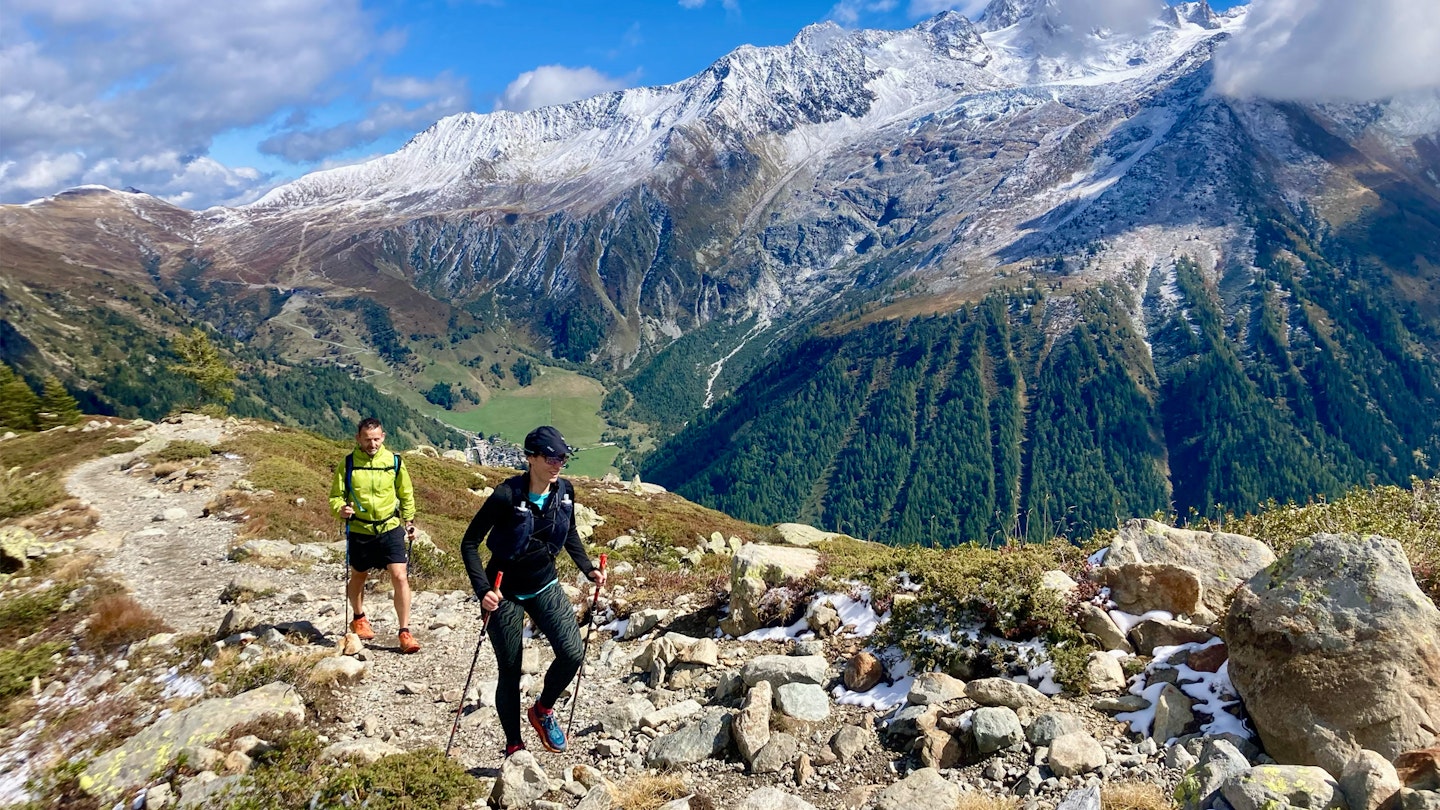
If someone’s coming up behind you like a BMW approaching a red traffic light, let them pass. Going uphill is an all-consuming vortex of sweat and willpower, and nothing ruins that flow like having to slow down for a group moving at a pace akin to paint drying on a tortoise made of moss.
And if you’re the one bulldozing uphill (oh, look at you with your huge lung capacity and excellent aerobic efficiency) a quick “thanks!” when someone scoots over goes a long way. It’s nice to be nice, you see.
DON’T: Be a blastard
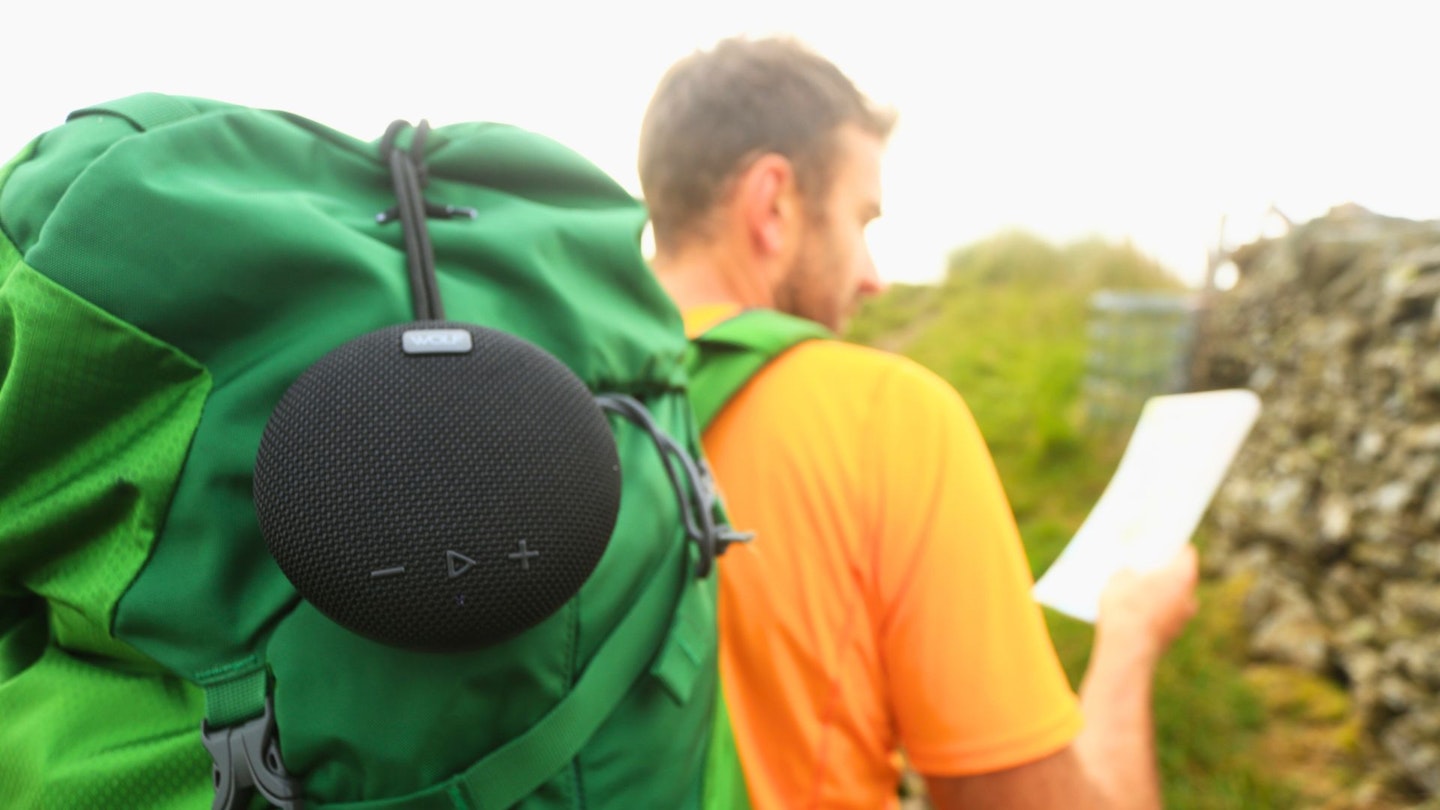
There is, categorically, no one more annoying than the person who thinks everyone within a three-mile radius needs to hear their vapour-twitch-indie-pop-dub-reggae Spotify playlist at full volume. Sure, you might think it slaps, but nature already has a pretty banging soundtrack, so let people enjoy that one.
Otherwise, you'll be a-cruising for a bruising from people like me, whose teeth stand on edge whenever the peaceful sound of a river gets blasted into submission over the sound of Glue by Bicep.
Honestly, this is such a pet peeve of so many walkers, and like blasting TikTok on public transport, I will absolutely tell you to turn it off. If you really need tunes, invest in headphones.
DO: Pack out your rubbish (yes, even the gross stuff)
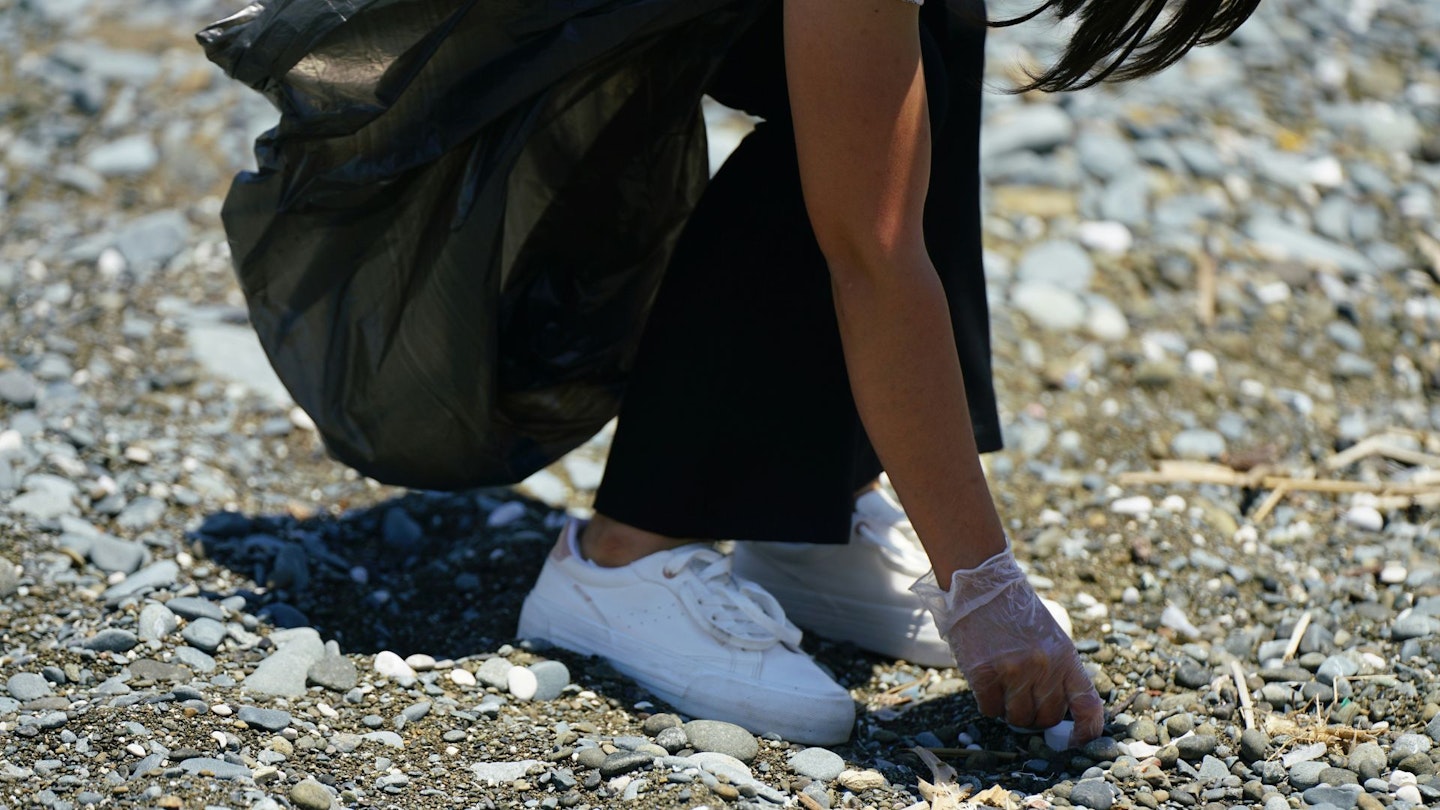
This should go without saying, but somehow (as many trail-heads strewn with litter exemplify) it doesn’t. So, here it is again: if you brought it in, you take it out. Say it louder for the people at the back.
IF YOU BROUGHT IT IN, TAKE IT OUT.
That includes your snack wrappers, banana skins (they don’t magically biodegrade – and nor do orange peels, while we're here), and yes, you need to pack out that tissue you used for a quick loo break. No one wants to stumble upon your papier-mâché crime scene.
Most mountain environments are pristine and delicate, so don't disrupt the ecology because you couldn't be bothered to stuff your rubbish into a pocket and find a bin in the carpark.
DO: Say hello to folk (but read the vibe)
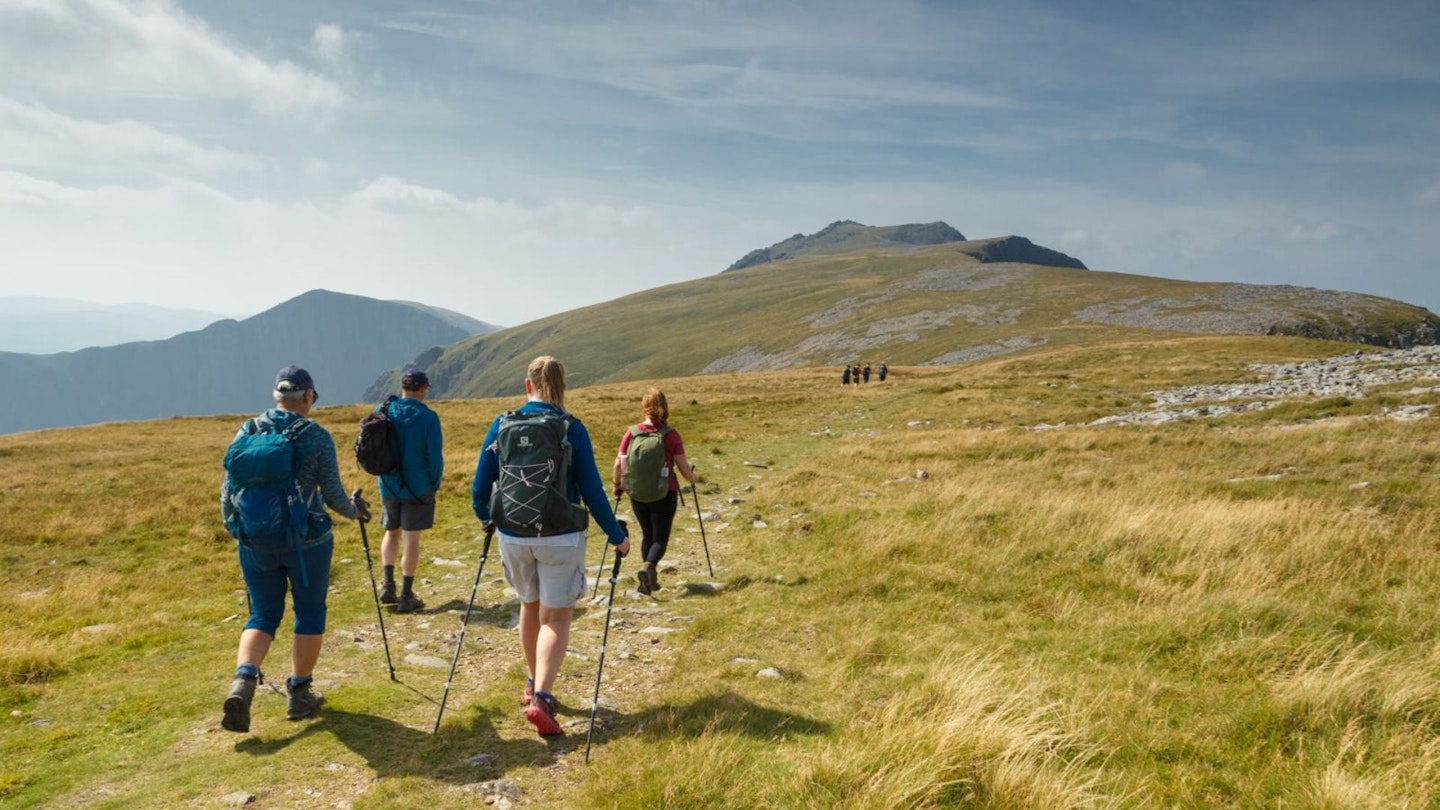
Trail greetings are a slightly nuanced odd one and depend on where you are in the world. For the most part, they're polite, brief and sometimes optional. A quick “hi” or smile is always nice, but if someone looks deep in their 'leave me alone with my thoughts' era, give them space.
That said, if you're grouped on the summit anywhere within sniffing distance of Glasgow (or somewhere else friendly, like Sheffield), it's basically lore that you have a good chat with your fellow walkers.
While you're there, do offer to take someone's photo for them, and then find out that your cousin's auntie's dog once knew the guy who fed the pigeons on Sauchiehall street in the late '80s. You might even get a lift back to your car at the end if you're lucky, or better, a pub buddy for later on.
DON’T: Feed the wildlife
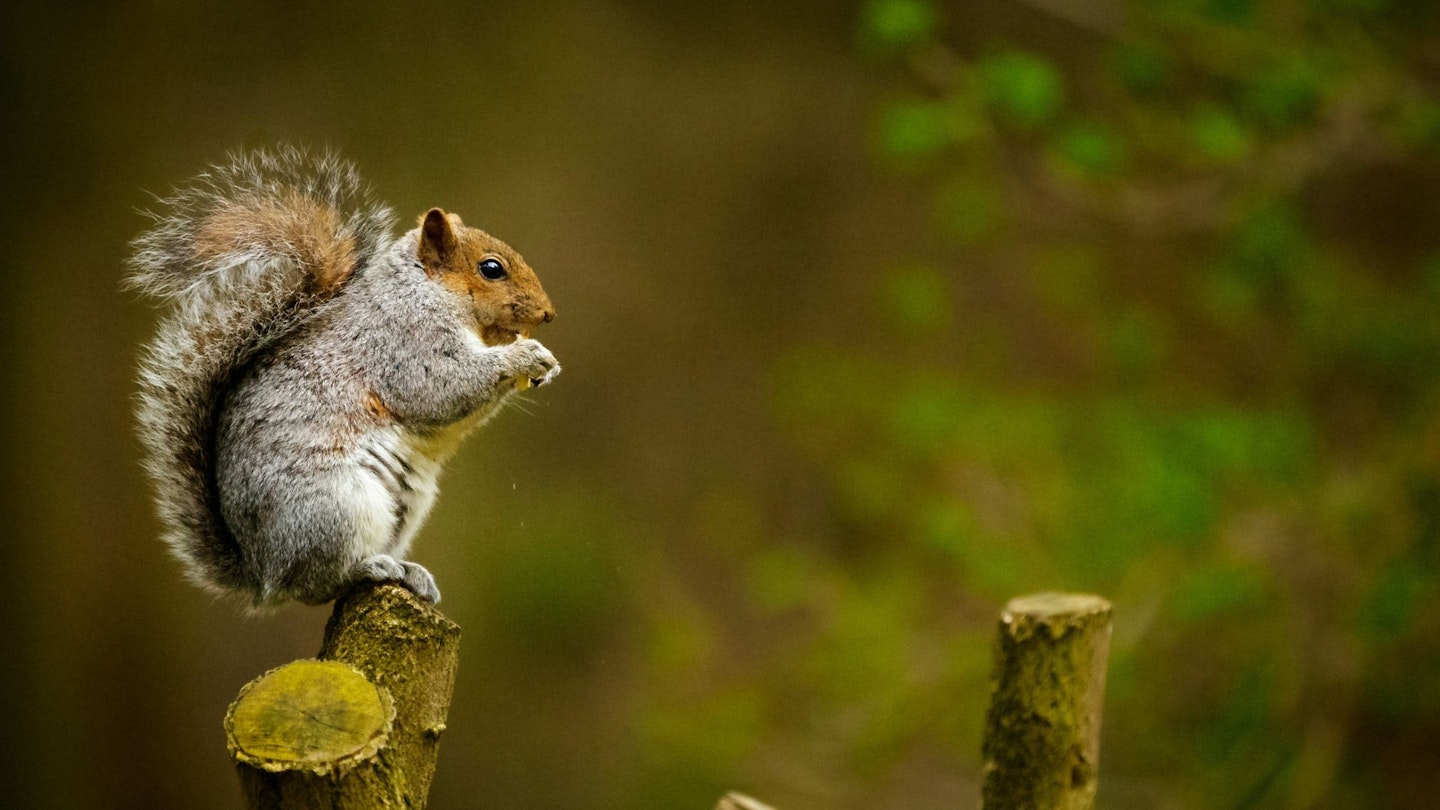
I know, I know. It’s tempting to throw your leftover crumbs to that cute wee squirrel – especially when he's asking so nicely – but may he lead you not into temptation.
Keeping wild animals wild will avoid creating a gang of hyper-aggressive seagulls or, worse, badgers with a taste for Doritos.
In fact, you'll already be able to tell where people have left crumbs and leftover food in Britain's upland environments because corvidae such as crows and ravens will be swooping in on summit spots as soon as you start heading back home.
An additional reason for keeping human food for humans is that you could also inadvertently make the animal sick, especially if the food has high levels of salt or sugar, as much hiking snackery often does.
DO: Close gates behind you
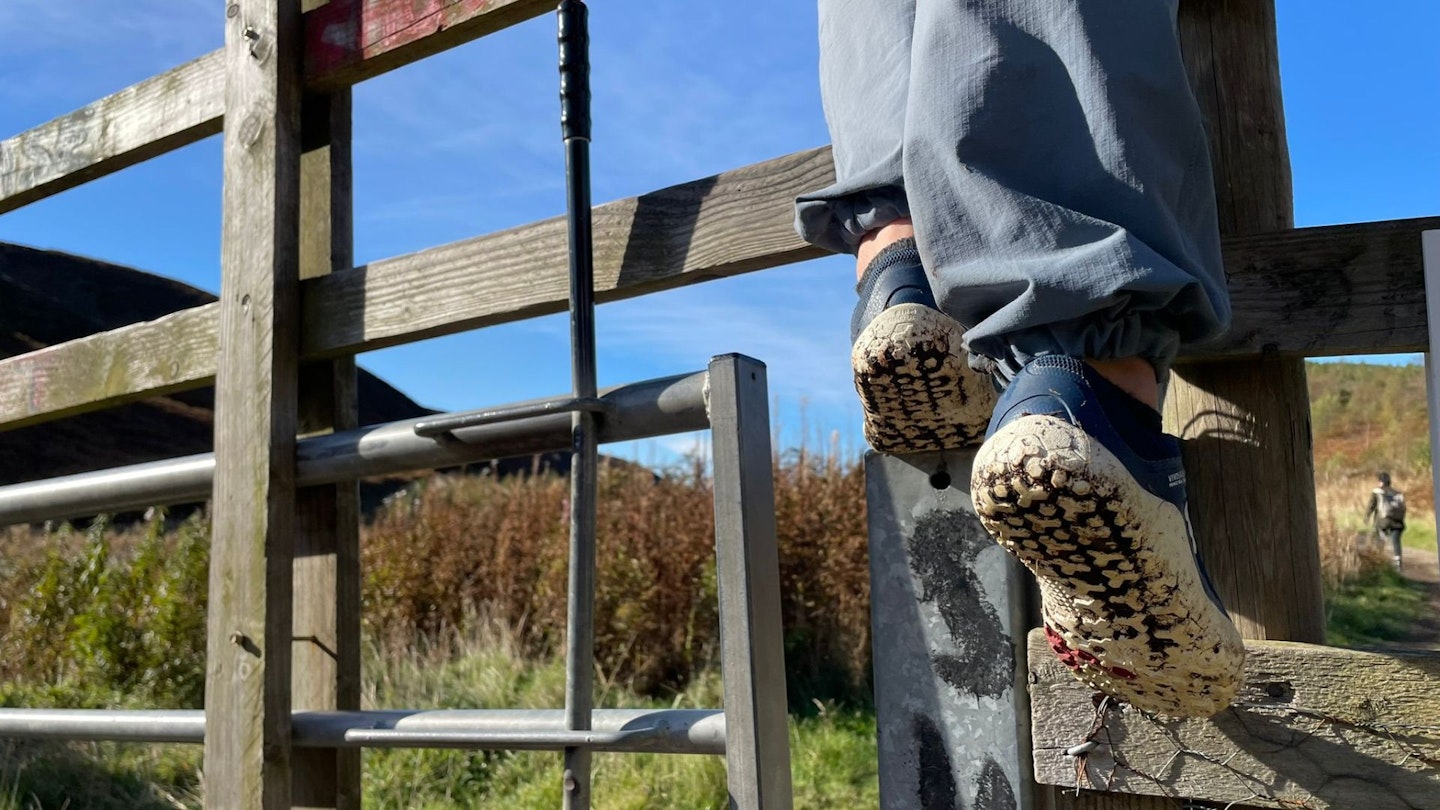
A countryside stroll wouldn't be complete with stiles, kissing gates and an occasional cow giving you the side-eye. One of the golden rules of UK hiking – especially when it comes to cows and side-eye – is closing gates after you’ve passed through them.
An open gate might seem harmless, but it can lead to livestock wandering off on an unplanned adventure. So, latch it behind you and spare the local farmer a wild sheep chase.
DON’T: Wander across fields willy-nilly
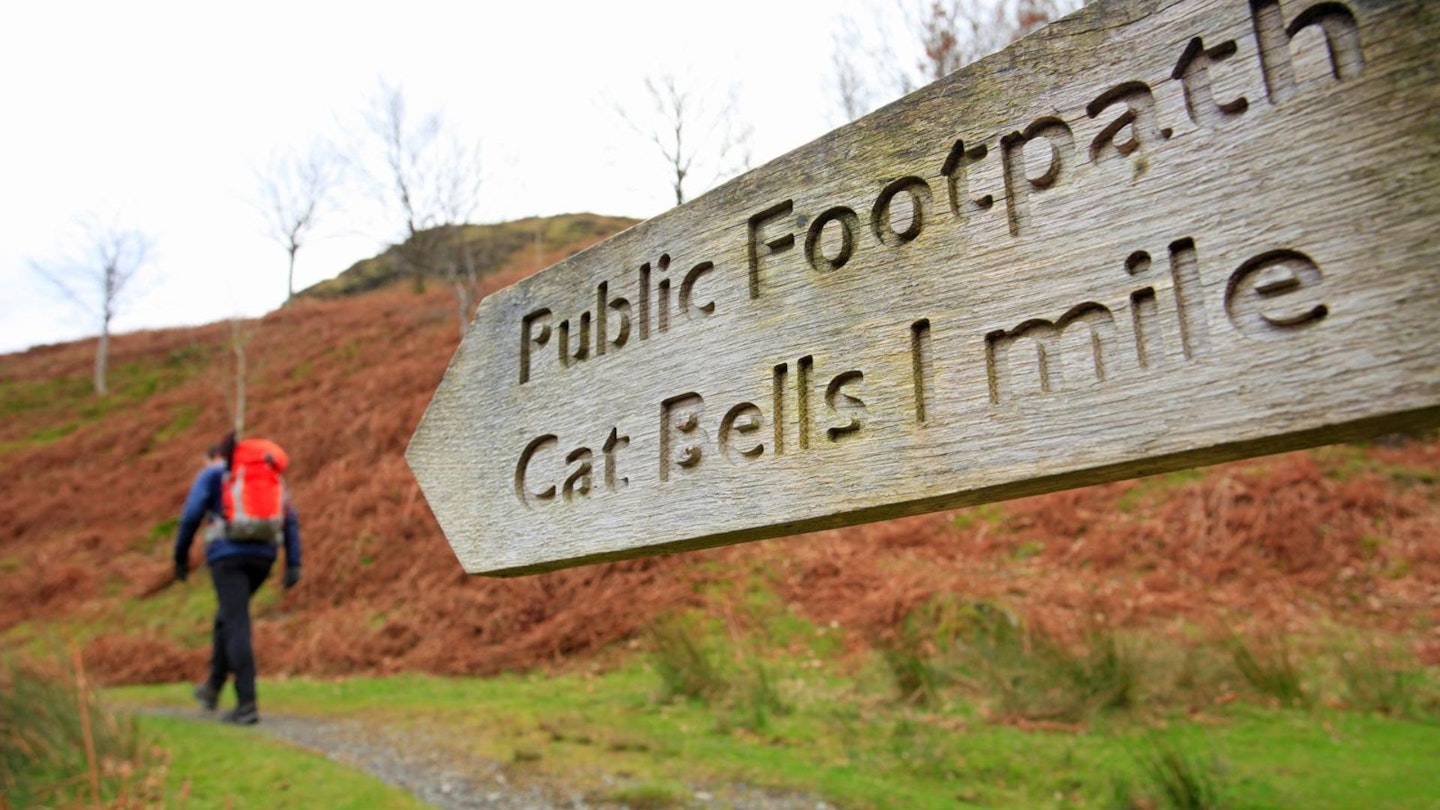
Public footpaths are a glorious institution in the UK, winding through farmland, moorland and rolling hills. But here’s the deal: stick to them.
Those tempting open fields often belong to working farms and veering off-piste can disturb crops, damage soil or annoy the locals. If you’re unsure of the route, look for waymarkers – those lovely little arrows, often brightly coloured – and keep the countryside in good order.
DO: Be kind
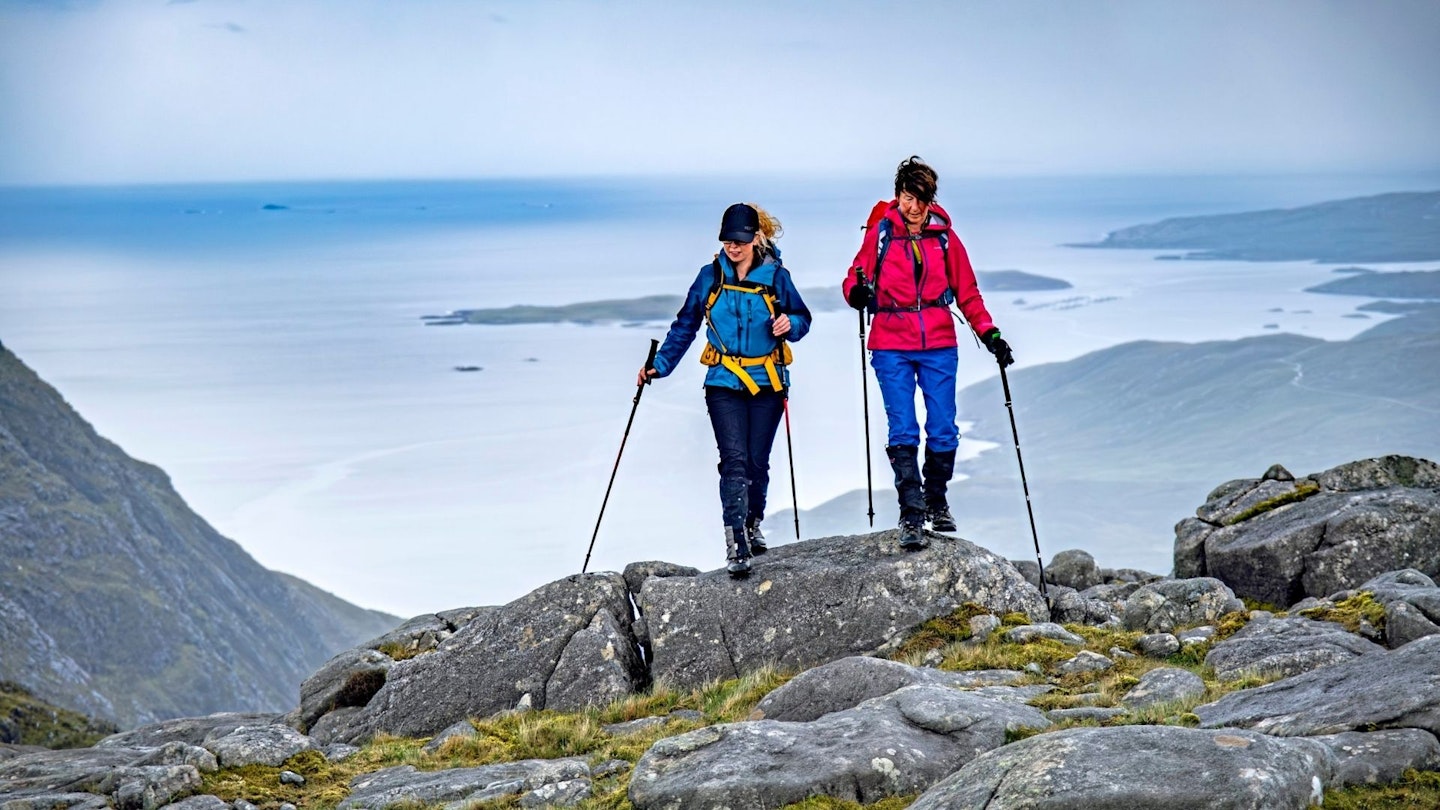
Ultimately, hiking etiquette boils down to being a decent human being. Share the trail, respect other people’s pace and remember why you’re there in the first place – to soak up some nature and disconnect from the chaos of everyday life.
A little kindness goes a long way, too, so if you see someone struggling, a few words of encouragement (or actually stopping and helping if needs be) is absolutely the right thing to do.
Now that's all out of the way, how about some inspiration in the form of the best hikes in the UK?
About the author
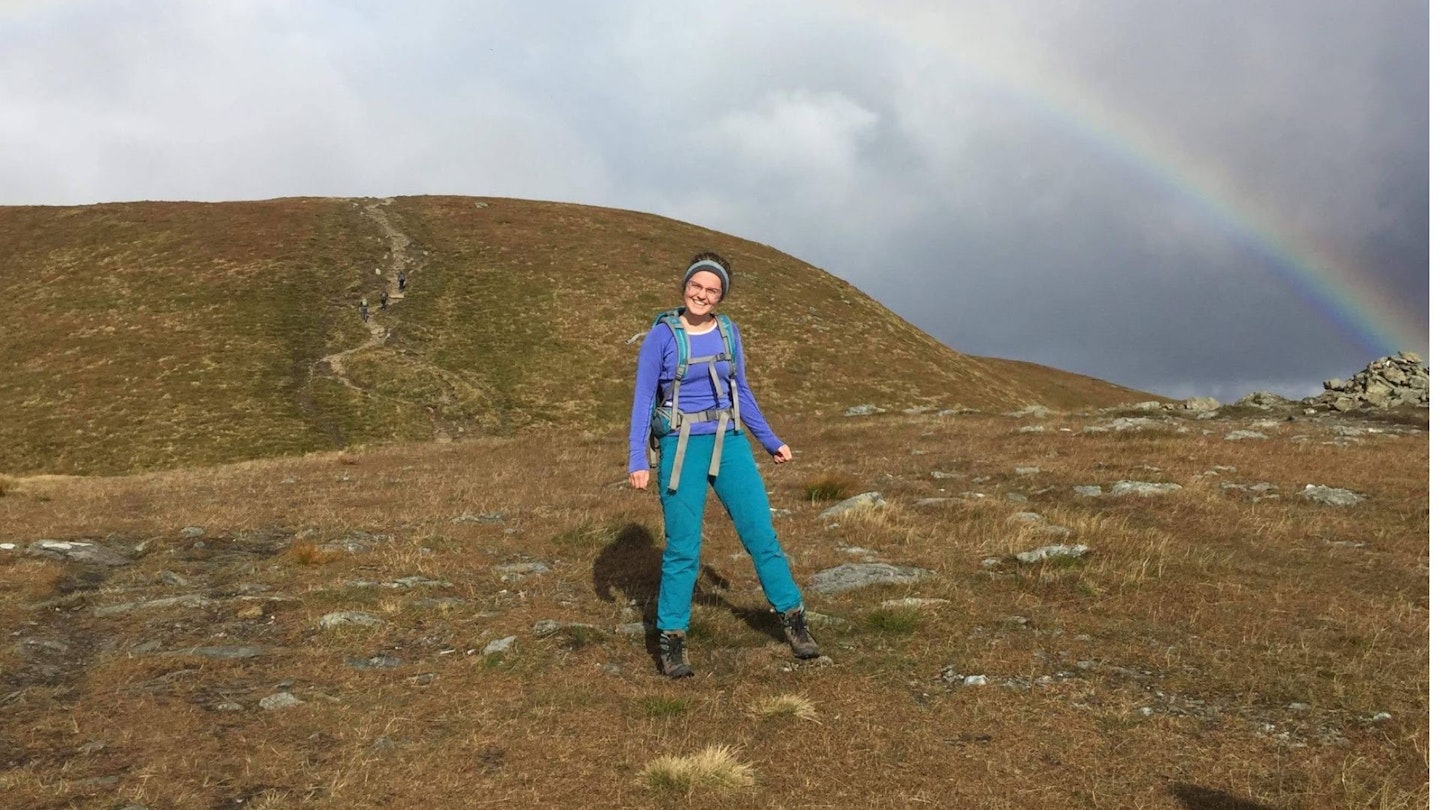
LFTO staff writer Fliss Freeborn regards most rules as bendable, if not entirely ignorable. However, when it comes to hillwalking she's pretty much a teacher's pet, closing gates when people leave them open, telling the neds to curb the music, and picking up litter whenever someone drops it before passive-aggressively returning it to them with a neat little smile. She lives in Glasgow and will talk to anyone on the hill, including mushrooms.
